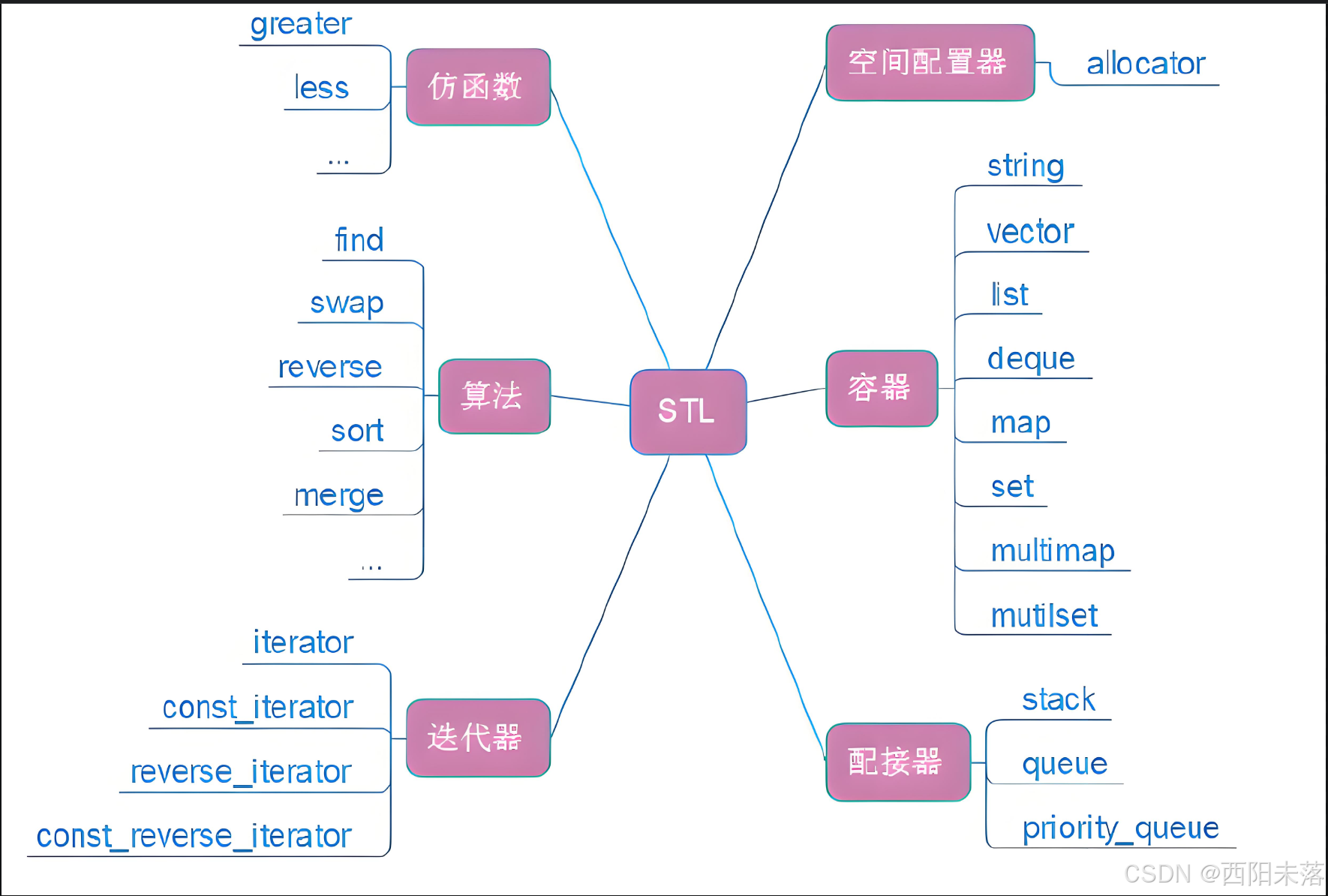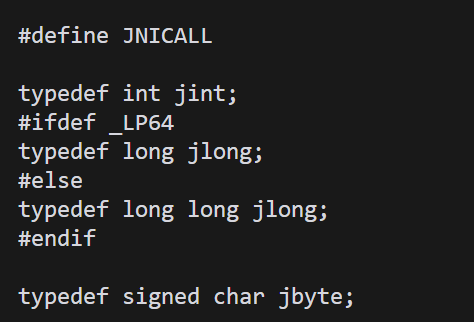1.对象数组排序
定义一个Person类{name,age,job},初始化Person对象数组,有3个person对象,并按照age从小到大进行冒泡排序;再按照name的长度从小到大进行选择排序。
public class HomeWork01 {
public static void main(String[] args) {
Person[] persons = new Person[4];
persons[0] = new Person("zhangsan", 18, "java工程师");
persons[1] = new Person("lisi", 32, "项目经理");
persons[2] = new Person("wangwu", 10, "小学生");
persons[3] = new Person("tom", 50, "BOSS");
System.out.println("原始数组:" + Arrays.toString(persons));
for (int i = 0; i < persons.length - 1; i++) {
for (int j = 0; j < persons.length - 1 - i; j++) {
if (persons[j].getAge() > persons[j + 1].getAge()) {
Person temp = persons[j];
persons[j] = persons[j + 1];
persons[j + 1] = temp;
}
}
}
System.out.println("按照年龄[从小到大]进行冒泡排序:" +
Arrays.toString(persons));
for (int i = 0; i < persons.length - 1; i++) {
for (int j = i + 1; j < persons.length; j++) {
if (persons[i].getName().length() > persons[j].getName().length()) {
Person temp1 = persons[i];
persons[i] = persons[j];
persons[j] = temp1;
}
}
}
System.out.println("按照姓名长度[从小到大]进行选择排序:" +
Arrays.toString(persons));
}
}
class Person {
private String name;
private int age;
private String job;
public String getName() {
return name;
}
public void setName(String name) {
this.name = name;
}
public int getAge() {
return age;
}
public void setAge(int age) {
this.age = age;
}
public String getJob() {
return job;
}
public void setJob(String job) {
this.job = job;
}
public Person(String name, int age, String job) {
this.name = name;
this.age = age;
this.job = job;
}
@Override
public String toString() {
return "Person{" +
"name='" + name + '\'' +
", age=" + age +
", job='" + job + '\'' +
'}';
}
}运行结果:

2.super与this区别

3.判断输出结果(super与this区分)
public class Homework07 {
public static void main(String[] args) {
}
}
class Test { //父类
String name = "Rose";
Test() {
System.out.println("Test");//(1)
}
Test(String name) {//name john
this.name = name;//这里把父类的 name 修改 john
}
}
class Demo extends Test {//子类
String name = "Jack";
Demo() {
super();
System.out.println("Demo");//(2)
}
Demo(String s) {
super(s);
}
public void test() {
System.out.println(super.name);//(3) Rose (5) john
System.out.println(this.name);//(4) Jack (6) Jack
}
public static void main(String[] args) {
//1. new Demo()
new Demo().test(); //匿名对象
new Demo("john").test();//匿名
}
}运行结果:

4.模拟银行存取款业务
class BankAccount {
private double balance; // 余额
public BankAccount(double initialBalance) {
this.balance = initialBalance;
}
// 存款
public void deposit(double amount) {
balance += amount;
}
// 取款
public void withdraw(double amount) {
balance -= amount;
}
}题目要求:
(1)在上面类的基础上扩展新类CheckingAccount,对每次存款和取款都收取1美元的手续费。
首先,我们对BankAccount类添加get与set方法:
class BankAccount {
private double balance; // 余额
public BankAccount(double initialBalance) {
this.balance = initialBalance;
}
// 存款
public void deposit(double amount) {
balance += amount;
}
// 取款
public void withdraw(double amount) {
balance -= amount;
}
public double getBalance() {
return balance;
}
public void setBalance(double balance) {
this.balance = balance;
}
}创建新类CheckingAccount:
class CheckingAccount extends BankAccount {
public CheckingAccount(double initialBalance) {
super(initialBalance);
}
/**
* 存款收取1美元手续费,相当于少存1美元
*
* @param amount
*/
@Override
public void deposit(double amount) {
super.deposit(amount - 1);
}
/**
* 取款收取1美元手续费,相当于再给银行1美元
*
* @param amount
*/
@Override
public void withdraw(double amount) {
super.withdraw(amount + 1);
}
}结果检验:
public class HomeWork08 {
public static void main(String[] args) {
CheckingAccount checkingAccount = new CheckingAccount(1000);
checkingAccount.deposit(100);
System.out.println(checkingAccount.getBalance()); // 1099.0
checkingAccount.withdraw(20);
System.out.println(checkingAccount.getBalance()); // 1078.0
}
}(2)扩展前一个练习的BankAccount类,新类SavingsAccount每个月都有利息产生(earnMonthlyInterest方法被调用),并且有每月三次免手续费的存款或取款。在earnMonthlyInterest方法中重置交易计数。
SavingsAccount类:
class SavingsAccount extends BankAccount {
// 定义计费次数
private int count = 3;
// 定义银行利率
private double rate = 0.01;
public SavingsAccount(double initialBalance) {
super(initialBalance);
}
/**
* 每月重新计算利率
*/
public void earnMonthlyInterest() {
// 重新初始化计费次数
this.count = 3;
// 每月重新计算计算余额
super.deposit(getBalance() * rate);
}
/**
* 重写存款方法,存款前查看存款是否超过3次
*
* @param amount 存入的金额
*/
@Override
public void deposit(double amount) {
if (count > 0) {
super.deposit(amount);
} else {
super.deposit(amount - 1);
}
count--;
}
/**
* 重写取款方法,取款前查看取款是否超过3次
*
* @param amount 取款的金额
*/
@Override
public void withdraw(double amount) {
if (count > 0) {
super.withdraw(amount);
} else {
super.withdraw(amount + 1);
}
count--;
}
public int getCount() {
return count;
}
public void setCount(int count) {
this.count = count;
}
public double getRate() {
return rate;
}
public void setRate(double rate) {
this.rate = rate;
}
}结果检验:
public class HomeWork08 {
public static void main(String[] args) {
SavingsAccount savingsAccount = new SavingsAccount(1000);
savingsAccount.deposit(100);
savingsAccount.deposit(100);
savingsAccount.deposit(100);
System.out.println(savingsAccount.getBalance()); // 1300.0
savingsAccount.withdraw(10); // 第4次存取,需要征收手续费
System.out.println(savingsAccount.getBalance()); // 1289.0
// 月初初始化计费次数
savingsAccount.earnMonthlyInterest();
System.out.println(savingsAccount.getBalance()); // 1301.89
savingsAccount.deposit(100);
System.out.println(savingsAccount.getBalance()); // 1401.89
savingsAccount.withdraw(50);
savingsAccount.withdraw(50);
savingsAccount.withdraw(50); // 征收手续费
System.out.println(savingsAccount.getBalance()); // 1250.89
}
}5.重写equals方法判断两个对象是否相等
编写Doctor类{name,age,job,gender,sal}相应的getter()和setter()方法,5个参数的构造器,重写父类(Object)的equals()方法:public boolean equals(Object obj),并判断测试类中创建的两个对象是否相等。相等就是判断属性是否相同。
public class HomeWork10 {
public static void main(String[] args) {
Doctor doctor = new Doctor("张三", 32, "主治医师", '男', 25000);
Doctor doctor2 = new Doctor("张三", 32, "主治医师", '男', 25000);
System.out.println(doctor.equals(doctor2)); // true
}
}
class Doctor {
private String name;
private int age;
private String job;
private char gender;
private double sal;
@Override
public boolean equals(Object obj) {
if (this == obj) {
return true;
}
// 判断obj 是否是 Doctor类型或其子类
if (!(obj instanceof Doctor)) {
return false;
}
// 向下转型, 因为obj的运行类型是Doctor或者其子类型
Doctor doctor = (Doctor) obj;
return this.name.equals(doctor.getName()) &&
this.age == doctor.getAge() &&
this.job.equals(doctor.getJob()) &&
this.gender == doctor.getGender() &&
this.sal == doctor.getSal();
}
public String getName() {
return name;
}
public void setName(String name) {
this.name = name;
}
public int getAge() {
return age;
}
public void setAge(int age) {
this.age = age;
}
public String getJob() {
return job;
}
public void setJob(String job) {
this.job = job;
}
public char getGender() {
return gender;
}
public void setGender(char gender) {
this.gender = gender;
}
public double getSal() {
return sal;
}
public void setSal(double sal) {
this.sal = sal;
}
public Doctor(String name, int age, String job, char gender, double sal) {
this.name = name;
this.age = age;
this.job = job;
this.gender = gender;
this.sal = sal;
}6.写出向上转型和向下转型代码
public class HomeWork11 {
public static void main(String[] args) {
// 向上转型代码
// 父类的引用指向子类对象
Person2 p = new Student();
p.run(); // student run
p.eat(); // person eat
// 向下转型代码
// 把指向子类对象的父类引用,转成指向子类对象的子类引用
Student student = (Student) p;
// 注意动态绑定问题
student.run(); // student run
student.study(); // student study..
// 因为Student是Person2的子类,所以可以调用父类eat方法
student.eat(); // person eat
}
}
class Person2 {
public void run() {
System.out.println("person run");
}
public void eat() {
System.out.println("person eat");
}
}
class Student extends Person2 {
@Override
public void run() {
System.out.println("student run");
}
public void study() {
System.out.println("student study..");
}
}7.判断输出结果
public class HomeWork14 {
public static void main(String[] args) {
C c = new C();
}
}
class A {
public A() {
System.out.println("我是A类");
}
}
class B extends A {
public B() {
System.out.println("我是B类的无参构造");
}
public B(String name) {
System.out.println(name + "我是B类的有参构造");
}
}
class C extends B {
public C() {
this("hello");
System.out.println("我是C类的无参构造");
}
public C(String name) {
super("hahah");
System.out.println("我是C类的有参构造");
}
}运行结果:




















